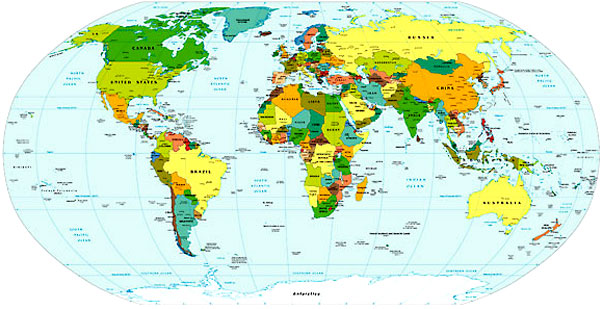 I love the word Botswana. I know that’s neither here nor there, but, well, I do. When the country was still a British protectorate, it was known as Bechuanaland—and there’s nothing wrong with that. Except—Botswana has, in my own mind, more romance. It’s the sound of it. It only became Botswana following independence (30 September, 1966) and we’re here to celebrate nationhood, right? Happy Botswana day! I assume you remember that Botswana sits between South Africa, Namibia, Zambia and Zimbabwe.
I love the word Botswana. I know that’s neither here nor there, but, well, I do. When the country was still a British protectorate, it was known as Bechuanaland—and there’s nothing wrong with that. Except—Botswana has, in my own mind, more romance. It’s the sound of it. It only became Botswana following independence (30 September, 1966) and we’re here to celebrate nationhood, right? Happy Botswana day! I assume you remember that Botswana sits between South Africa, Namibia, Zambia and Zimbabwe. Bantu peoples arrived in Botswana sometime between 200 and 500 CE. I haven’t found a lot about the history at this stage—in fact (I wish I had time to check up multiple sources for every entry…) what I really know starts at the 19th century, and the Tswana people of Botswana came into conflict with the Ndebele tribes arriving from the Kalahari Desert—add to that a new batch of settlers, the Boers from Transvaal. Batswana leaders appealed for help, and, in 1885, became a protectorate of Britain. It remained separate when the Union of South Africa came about in 1910, though there were provisions for later incorporation into South Africa. This obviously never occurred, and when apartheid led to South Africa’s withdrawal from the Commonwealth, it became clear that Botswana was going to stay separate.
 After Britain accepted proposals for Botswana’s self-government in 1964, the capital was moved from Mafikeng to the new city of Gaborone the following year. 1965 saw a new constitution and general elections, before the move to full independence in 1966. Oh—I haven’t found any coups in my reading (correct me if I’m wrong) though leadership has only passed through a few hands since independence, with the current president the son of the first president, and the presidency twice pasting to vice presidents. So, while it’s a multi-party democracy, the country has been dominated by the Botswana Democratic Party. I find that interesting. Economically the country is doing pretty well—not much foreign debt, and the country has gone from being one of the poorest countries in the world to a middle-income country.
After Britain accepted proposals for Botswana’s self-government in 1964, the capital was moved from Mafikeng to the new city of Gaborone the following year. 1965 saw a new constitution and general elections, before the move to full independence in 1966. Oh—I haven’t found any coups in my reading (correct me if I’m wrong) though leadership has only passed through a few hands since independence, with the current president the son of the first president, and the presidency twice pasting to vice presidents. So, while it’s a multi-party democracy, the country has been dominated by the Botswana Democratic Party. I find that interesting. Economically the country is doing pretty well—not much foreign debt, and the country has gone from being one of the poorest countries in the world to a middle-income country. It’s not all rosy. AIDS is a big problem here as elsewhere in Africa—in fact, Botswana has the second highest HIV infection rate in the world. Swaziland beats it.
Wildlife? Yes. We have lions, cheetahs, leopards, hyenas, wild dogs…
Today’s poem from Botswana is by Barolong Seboni. I found it online here. It's published in The Penguin Book of Modern African Poetry.
memory
life is but memories unborn
the world revolves
like a cranium
on the neck of time
we remember; we forget
then we die
hoping to become eternal
memories yet unborn.
between the begetting
and the forgetting,
in memory lies life.
— Barolong Seboni

























.svg.png)












